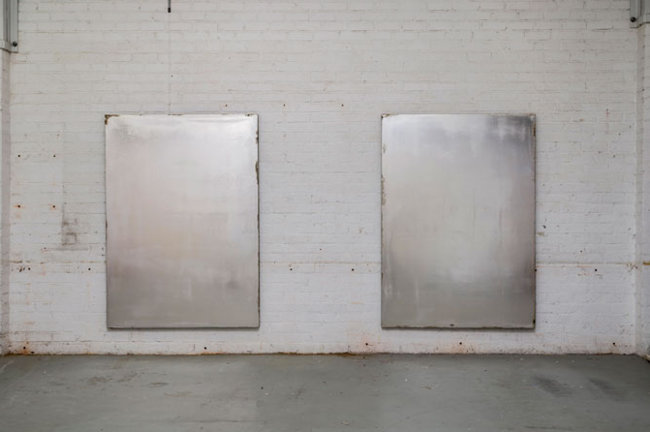"Part Mental" [mp3 removed -- please listen on Bandcamp]
303-ish runs from the Doepfer A-111-5 mini-synth and A-155 sequencer, interspersed with nasal SID chip riffs and Ableton "convert to harmony" MIDI passages based on some Poulenc harpsichord samples I made last year. The Poulenc material was altered significantly by Ableton's magic algorithms, which read recorded audio and convert it to MIDI clips with the same approximate pitches. I moved the pitches around and then used the clip to play the Massive softsynth.


